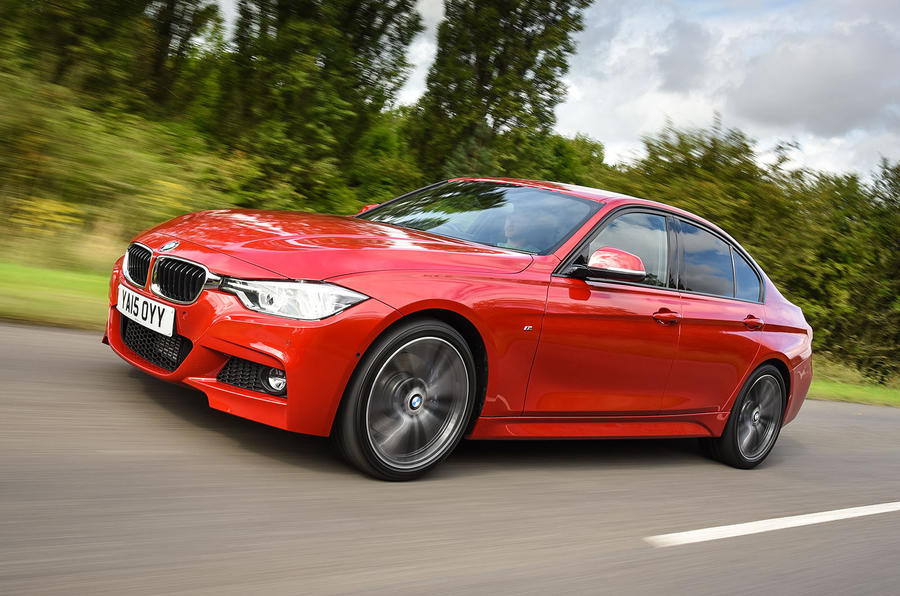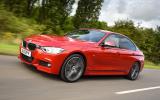What is it?
We all know what it’s like to feel pressure. But imagine the pressure you’d feel if you were a BMW engineer and your boss said: “Okay, next job on your list: improve the 3 Series.” Yikes.
Not only is it a massive seller for the Munich marque, accounting for 25% of all BMWs sold, but it’s also the benchmark small premium executive, and has been for the past 40 years.
Perhaps that’s why BMW didn't radically alter the looks of this facelifted version. The front air intakes have been enlarged and the headlights, which now include an LED option, have been changed. At the back, BMW’s signature L-shaped light design has been crystallised by new all-LED tail-lights. Cabin modifications are equally restrained, with the addition of gloss-black surfaces and some extra chrome highlights.
Of more interest, considering the challenges posed by the Jaguar XE and forthcoming new Audi A4, are the performance and economy gains achieved by this new modular 2.0-litre diesel engine, which uses Efficient Dynamics technology. Power and torque are up by 6bhp and 15lb ft respectively, while the all-important CO2 emissions are down to 111g/km and fuel economy has improved to 67.3mpg.





























Join the debate
Add your comment
The Ultimate Driving Machine
No disagreement really
Premium etc
We'll just have to disagree